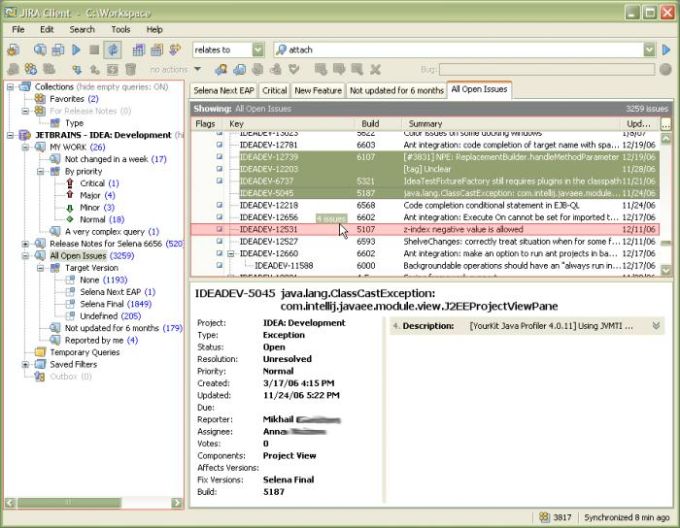


The first thing you need to do is getting the values in the script. Locate the board youd like to generate a report for, and click Reports to display your most recently viewed report. You fill in the fields JQL and Fields Picker. It is possible to set some after rendering logic with the callback parameter SR.render(templateValues:Object, ) – passes the values from the JavaScript to the template defined in the Template tab. This means they can see SLAs, queues, reports and other information. If the fields parameter is not set, then Jira Navigable fields will be returned Suggestion JSDSERVER-62 - Add Permission so user can only view Portal and not JIRA. SR.getIssuesByJQL(jql:String, ) – returns an array of Jira issues based on JQL query and the list of comma-separated fields.
#Jira client reports read only code#
view third-party code reports, and open Jira tickets right from the PR. SR.getValueByFieldName(fieldName:String) – returns the input field value based on fieldName string parameter Cloud is a Git-based code and CI/CD tool optimized for teams using Jira. This object is constructed to help with tasks like interacting with Jira API, easily getting data from the input fields of the General Tab and passing the final data to the template. The code will run in the top-level await scope with the defined SR object. If the users is an agent in a Service Desk project and they will have a read-only access to the report. At the moment, only Agents can generate reports from within JIRA. To manage the data provided, you can use JavaScript in the General tab. affects-cloudaffects-servercustomer-view-report.


 0 kommentar(er)
0 kommentar(er)
